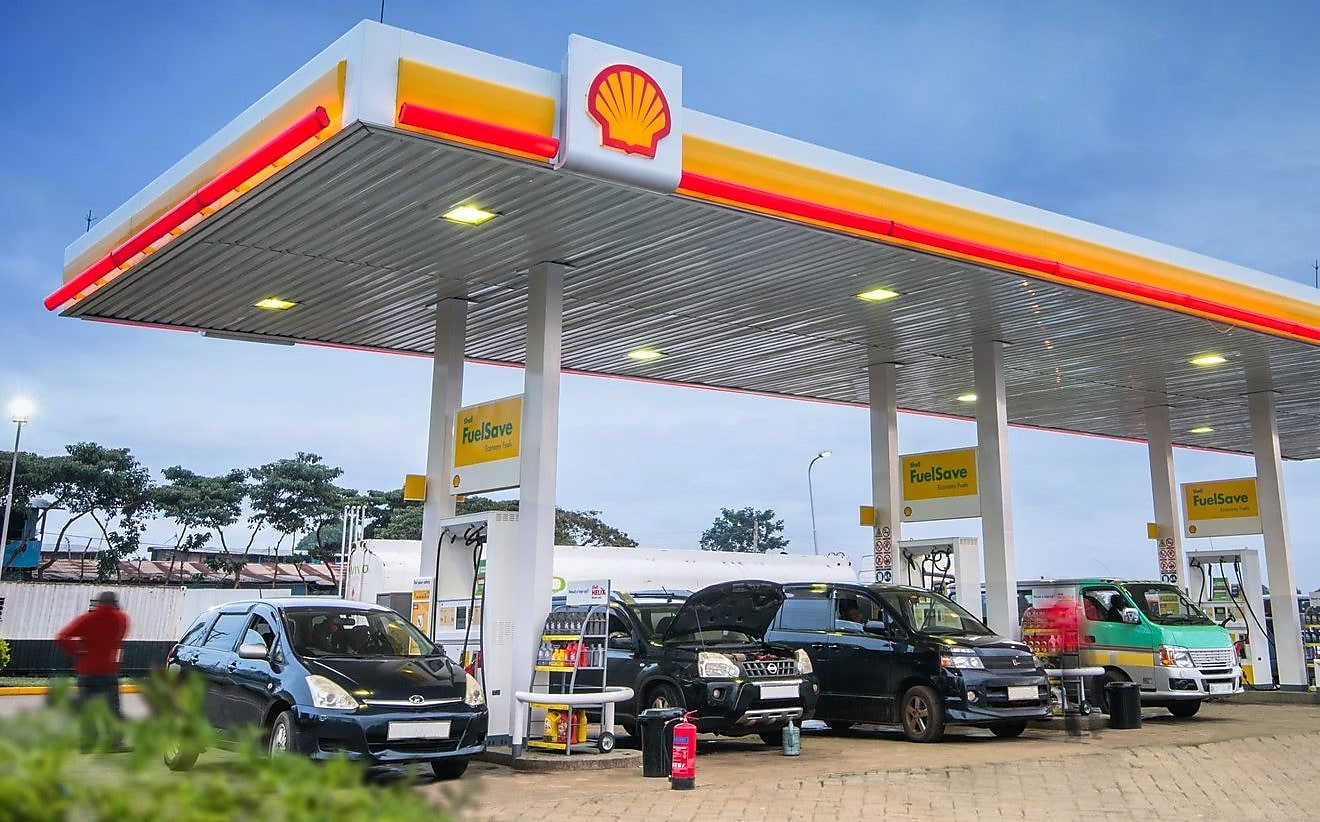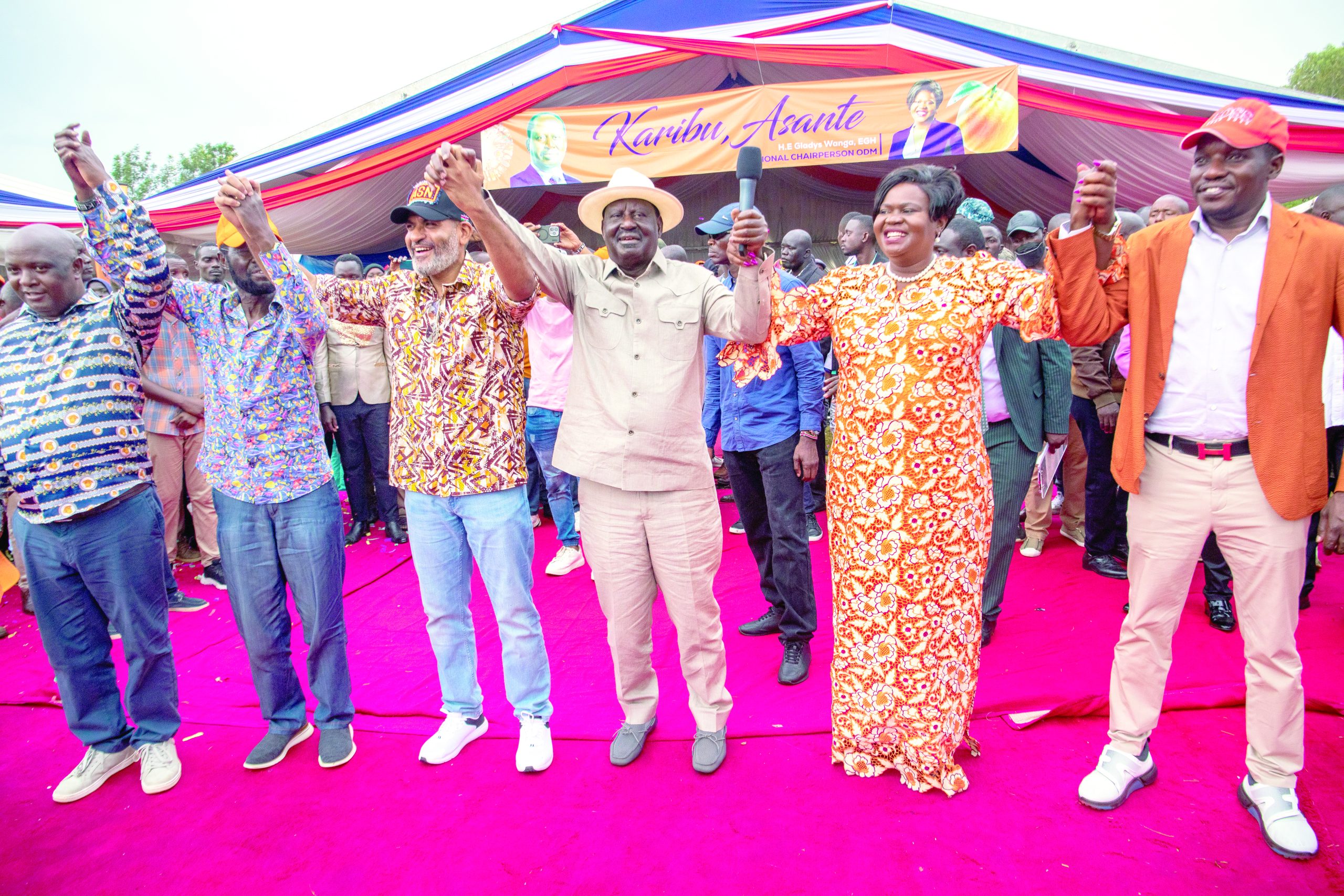Resolve fuel crisis once and for all

Wrangles pitting the Ministry of Energy and oil marketers have hit consumers hard as the ongoing artificial fuel shortage continues to bite.
While the government says it has sufficient reserves and that marketers should set the value chain free, a quick solution is required to sort out the problem. Among the key issues in contention in the current stand-off is the close to Sh13 billion fuel subsidy from the government that marketers claim has not been released.
However, the elephant in the room is the government’s stand on the review of fuel prices twice a month, which marketers say would shield them from the so-called mid-month fluctuation.
But the Energy and Petroleum Regulatory Authority (EPRA) says the current monthly review is best suited for price certainty. The regulator also says the monthly reviews give the government sufficient time to respond effectively to any market fluctuation.
However, marketers contend that a bi-monthly review would boost their cash flows, and increase certainty on prices. The marketers further say this would also allow them to sell available stock without waiting for a month to get new prices.
Early this year, some marketers agreed that they are at times forced to hoard fuel until the price review is out. The problem with these uncertainties is that Kenya is a diesel-driven economy, a bi-monthly fuel price review would increase administrative costs since the regulator would use half of the shipped fuel to set the prices, with a serious impact on the cost of living.
This would not only have a direct knock-on effect on the cost of goods and services, the government would be forced to increase compensation for the ensuing surge in buying and shipping costs. However, for consumers, questions abound. Why was a kitty set aside from taxpayers’ money and it is not being used for the reason it was created?
Last year, for example, the national Treasury was put on the spot for diverting Sh18.1 billion from the Fund, to take care of the Standard Gauge Railway costs in September last year.
This prompted fuel prices to hit historic highs in October. The signing of the fuel subsidy yesterday should have been done before the crisis. Did it have to take a go-slow on the part of marketers for government to react?
As we head towards elections amid an international crisis in the value chain due to the war in Ukraine, this fuel dilemma must be sorted out quickly to help the economy regenerate.










